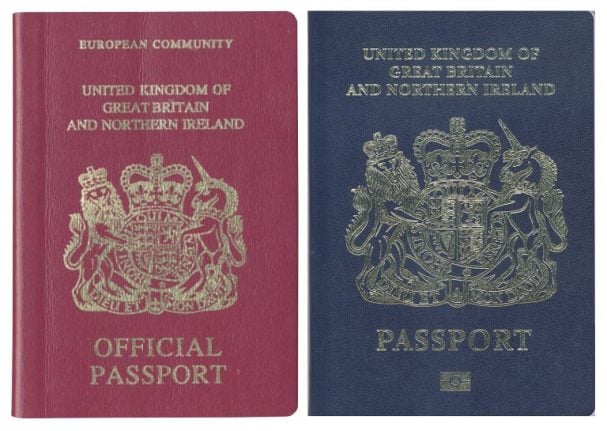- 'A national humiliation': Britain's post-Brexit blue passports to be made by the French
- Abused, shunned but unfazed: What it's like being a Brexit-supporting Brit in France
- Brexodus: The Brits in a rush to move to France before Brexit day

Britain said Tuesday it had extended the bidding process for making its new post-Brexit passports amid a furore over a Franco-Dutch manufacturer being preferred to a UK one.

